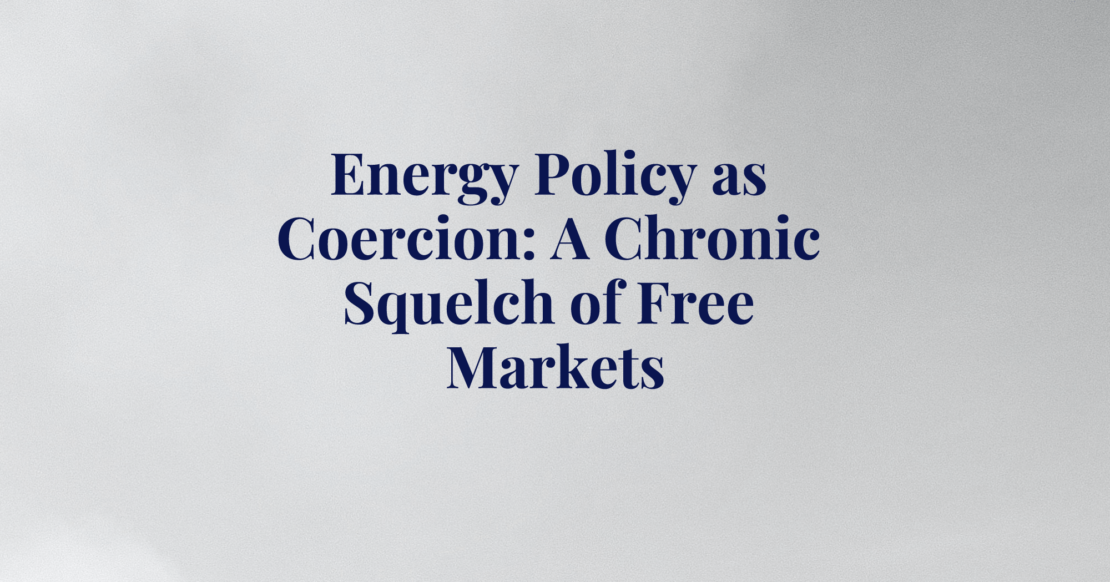Energy Policy as Coercion: A Chronic Squelch of Free Markets
Authored by Mariana Campos, Jorge Cano y Ana Lilia Moreno
(Una colaboración para la Tholos Foundation)
Case Study
The 2013 energy constitutional reform gave Mexico the opportunity to open a generation market that allowed the implementation of mechanisms that encouraged cost-efficiency. The main purpose was to promote technological innovation, energy transition, and security for the country through the concurrence of private and state-owned companies. This change sought to depressurize public finances by making the state-owned company – that previously operated as operator, controller and regulator of the system – a more efficient market player, independent from the regulator and the controller. However, as of 2019, an administrative and legal counter-reform has insisted on forcing circumstances to return to the old model. In this paper we will delve into the effects of Mexican federal public policy committed to giving the greatest possible market power to its state-owned companies (Petróleos Mexicanos “Pemex” and Comisión Federal de Electricidad “CFE”); notwithstanding the Constitution and the United States-Mexico-Canada Agreement (USMCA) – among other treaties signed by Mexico, along with laws and regulations with 46 countries. These establish an obligation to comply with economic competition as well as sustainable and transparency rules.
The Federal Government’s aim to increase CFE’s market power stems from its inability to support the enterprise with its own means. CFE has closed out its last two years with financial losses of more than 58 billion pesos, a situation not seen since 1990. An abrupt increase in fuel prices after the Covid-19 pandemic, the rise of pensions spending after the 2020 reform of the labor contract, and government controls on electricity rates are three important factors that prevent the company from charging the real cost of producing electricity to consumers. Hence, subsidies – reflected as “state power aids” to low consumption electricity bills households – from the Federal Government to the CFE have been increasing since 2017, and per capita investment is currently at its worst historical level. The impact of subsidies and per capital investments lowers CFE’s investment potential and increases inefficiency performance, while private investment is hindered and consumers’ welfare forgotten.









